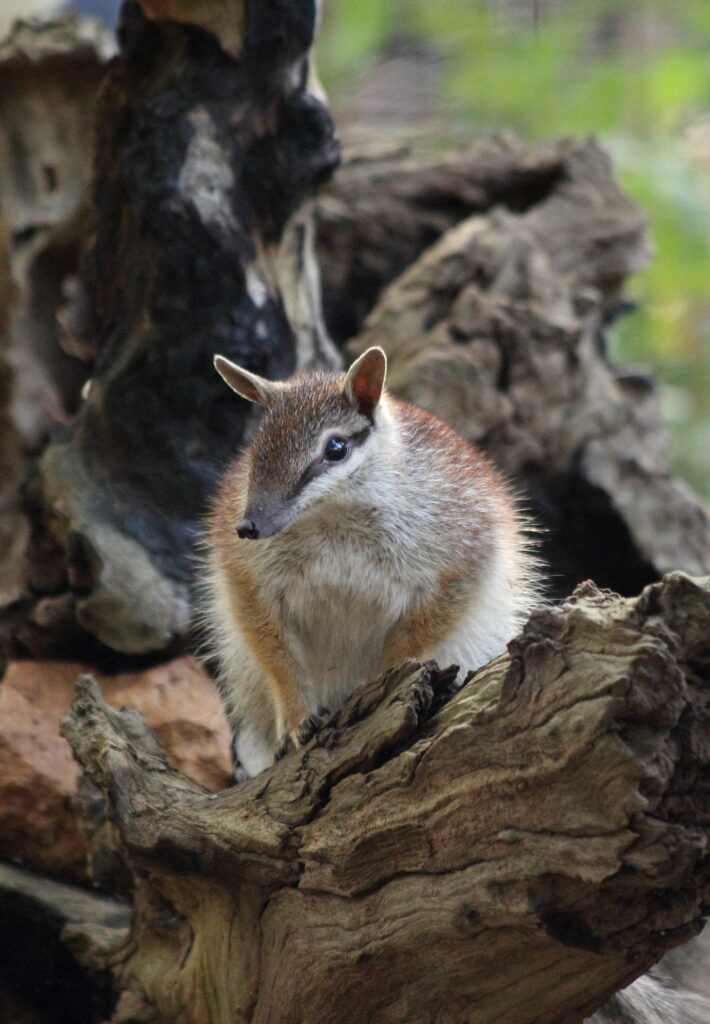A DNA library will help standardise biodiversity monitoring
Australia’s biodiversity is a unique national asset valued in the hundreds of billions of dollars. Image by S.J. Bennett, Flickr, CC-BY-2.0.
Australia’s biodiversity is a unique national asset valued in the hundreds of billions of dollars. Monitoring its condition is key to good management and sustainable use.
Because knowledge of many Australian species is poor 1, baseline biodiversity surveys and monitoring are expensive and rely on experts to identify animals and plants. This expertise is in short supply and diminishing.
Field surveys are time-consuming, logistically challenging, potentially dangerous and expensive (costing nearly $100M p/a in Western Australia alone2,3).
Governments, industry, Indigenous Australians, and citizen scientist are rapidly adopting innovative tools like eDNA to survey and monitor biodiversity. eDNA can provide accurate and detailed identifications in a timely manner.
However, even in the best-case scenarios, typically fewer than 50% of eDNA sequences detected can be assigned to a species.4 This reflects the incompleteness of DNA reference libraries.
What difference would a complete DNA reference library make?
- Accurate and comprehensive DNA‑based biomonitoring.
- Increased interoperability of datasets completed independently and by different means (observation, capture, eDNA).
- New applications of DNA technology for natural resource management, such as assessment of seed bank integrity for land restoration and studies of dietary preferences of threatened species.
Benefits for Australia
- Comprehensively and consistent monitoring of Australia’s biodiversity assets at greater speed and scale than is currently possible.
- Effective biodiversity management based on detailed information.
- Fit-for-purpose tailored interventions to address environmental damage.
- Greater certainty about potential environmental impacts.
References
- Cresswell, I. & Murphy, H. Australia state of the environment 2016: biodiversity, independent report to the Australian Government Minister for the Environment and Energy. Australian Government Department of the Environment and Energy, Canberra (2017).
- Anon. Index of Marine Surveys for Assessments (IMSA). (Department of Water and Environmental Regulation, Perth, Australia, 2020).
- Anon. Index of Biodiversity Surveys for Assessments (IBSA). (Department of Water and Environmental
Regulation, 2020). - Stat, M. Personal communication, Senior Lecturer, University of Newcastle, (2021).

